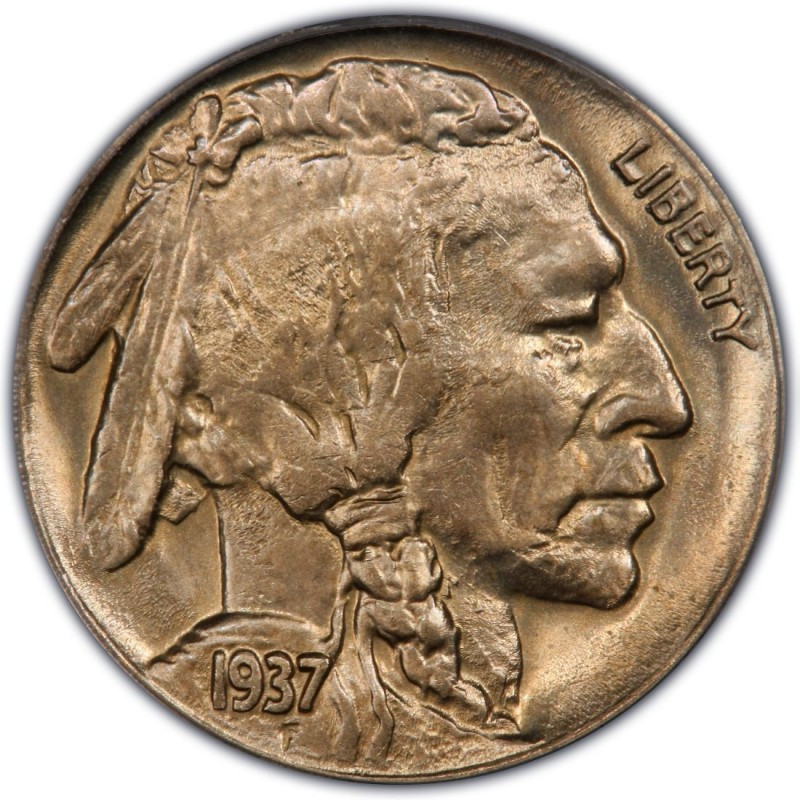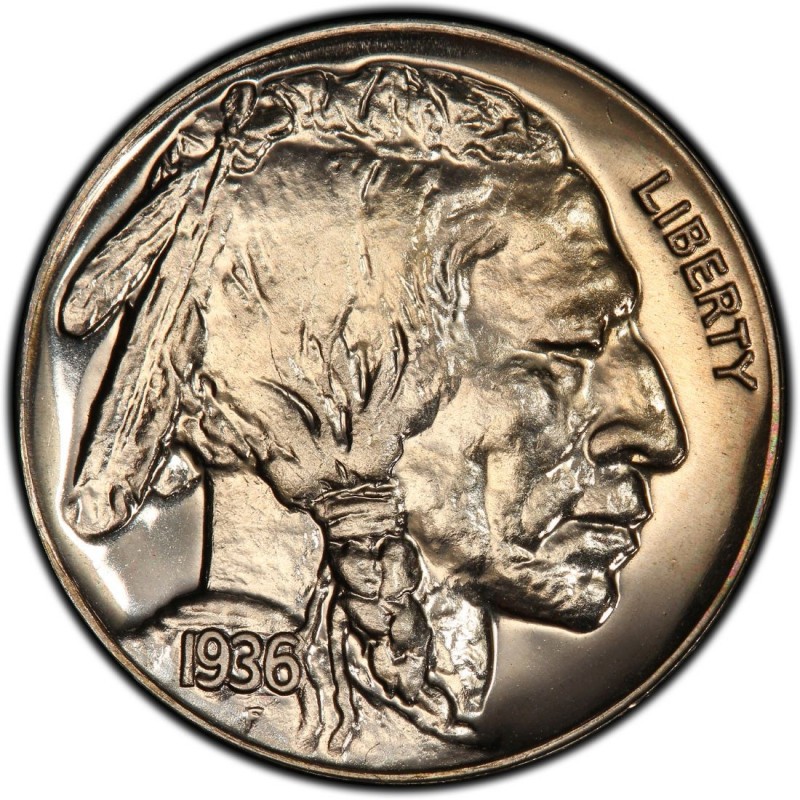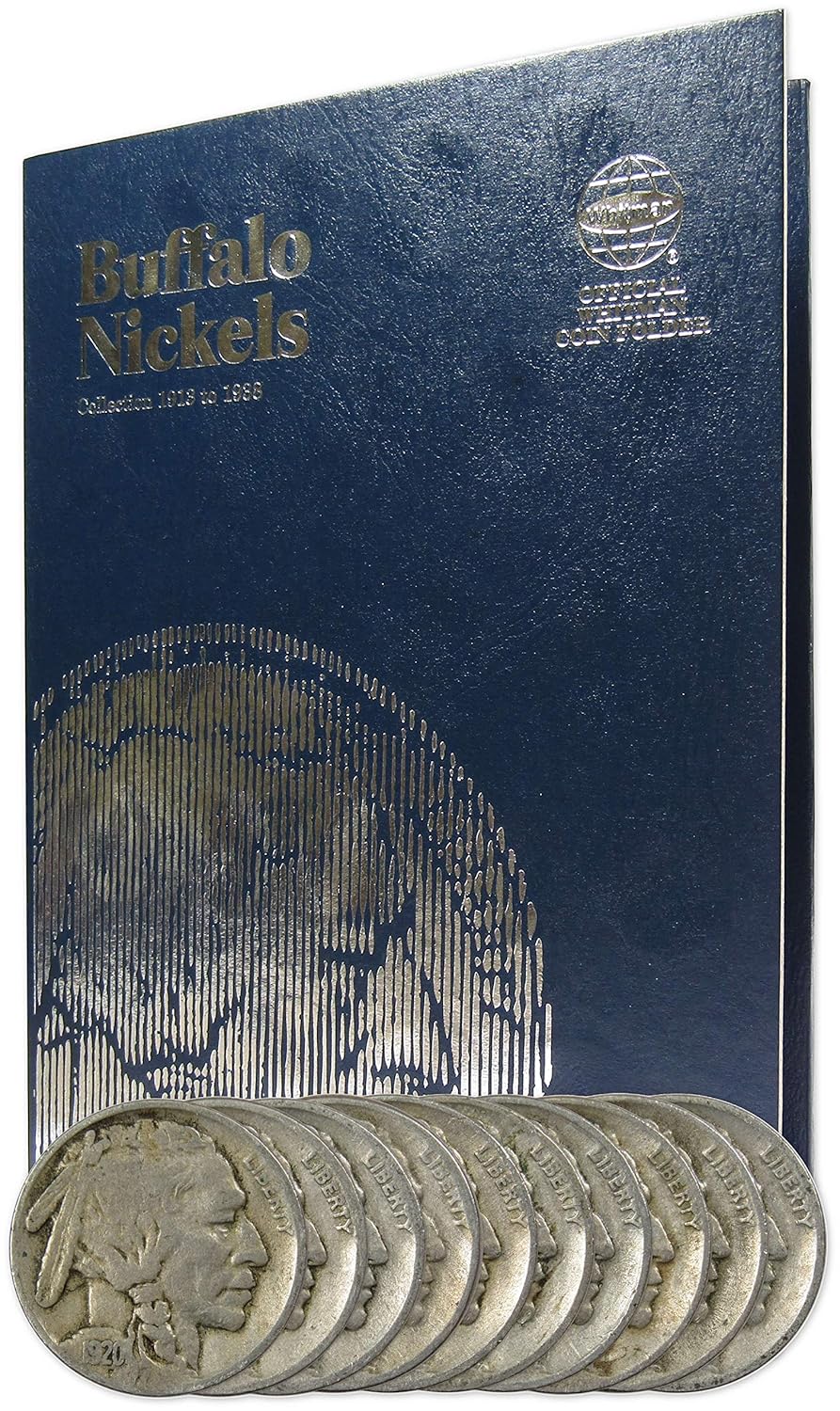1937 Indian Head Nickel
Indian Head (Buffalo) 5 Cents
'Buffalo nickel' most American coin By Paul Gilkes
COIN WORLD Staff Renowned sculptor James Earle Fraser was fascinated by the American Indian, so much so that it was no surprise he chose an Indian motif for the 5-cent c..READ MORE
Indian Head (Buffalo) 5 Cents
'Buffalo nickel' most American coin
Roulette wheel online. Detailed information about the coin 5 Cents 'Buffalo Nickel' (flat ground), United States, with pictures and collection and swap management: mintage, descriptions, metal, weight, size, value and other numismatic data. Including more relating to your 1930 nickel value. These early date Buffalo nickels are becoming valuable. Before you consider selling coins, determine how much your old coins are worth. Covering the Nickel series from Shield nickels, Liberty, Buffalo and Jefferson nickels. The Buffalo nickel population received a certain shot in the arm in 1937, as more than 100 million Buffalo nickels were made that year – a high number indeed, but not nearly as astronomical as the 150 million-plus of 1936. Philadelphia struck 79,480,000 Buffalo nickels in 1937, while Denver provided 17,826,000 and San Francisco produced.
1937 Indian Head Nickel Ring
By Paul GilkesCOIN WORLD Staff Renowned sculptor James Earle Fraser was fascinated by the American Indian, so much so that it was no surprise he chose an Indian motif for the 5-cent coin design. And the bison design for the reverse made a perfect companion image. It is arguably the most 'American' of all United States coins and is a collector favorite. Fraser's artistic prowess earned the undying respect of a dying Augustus Saint-Gaudens, who recommended Fraser to President Theodore Roosevelt to sculpture the official presidential bust. Roosevelt and Fraser became quick friends. Despite the fact that William Howard Taft was president in 1912, it was Roosevelt who recommended that Fraser be chosen to design the copper-nickel 5-cent coin, overdue by five years for a design change. In the early 20th century, coin designs were usually changed every 25 years automatically. The obverse design for the Indian Head 5-cent coin, commonly called the 'Buffalo nickel,' depicts a large, powerful portrait of an Indian, facing right. The appearance is rough-hewn, unlike the smooth cheeks and other facial features that characterize innumerable Liberty renditions. The portrait is purported to be a composite of three Indians, although the identities of the models have been disputed. A few Native Americans laid claim to be the model for the coin. Frazer identified the models as Iron Tail, a Sioux; Big Tree, a Kiowa; and Two Moons, a Cheyenne. All three visited Roosevelt while in New York City, according to Fraser, who studied and photographed them during their stay. Fraser's designer initial, F, appears incuse below the date on the obverse. More is known about the American bison that served as the model for the reverse design. It was Black Diamond, an inhabitant of the New York Zoological Park. Fraser employed a little artistic license to portray the bison as though he were living free on the Great Plains. The stuffed head of Black Diamond was displayed at a major coin convention during the 1980s. During the inaugural 1913 year, two distinct subtypes were produced at the Philadelphia, Denver and San Francisco Mints: the Bison on Mound and the Bison on Plain. Because of the fear that the FIVE CENTS denomination legend on the reverse would wear off quickly in circulation, Chief Engraver Charles E. Barber modified the reverse hub. Barber placed FIVE CENTS within an exergue to protect it from excessive wear, reducing the mound to level ground. Barber also smoothed down the roughened fields that gave the coin its distinctive look. Among the challenging dates to find are the 1916 Doubled Die, of which approximately 100 pieces in all grades are believed to exist. The 1918/7-D coin was created during a die shortage when a 1917 working die was impressed with that of a hub dated 1918. The 1937-D Three-Legged Bison coin resulted from a Mint technician overpolishing a reverse die, taking away a portion of one of the two forelegs. The Indian Head 5-cent coin is a popular series with collectors. High-quality collections offered for sale at coin shows are quickly gobbled up to meet market demand. After its legislated 25-year run, the Indian Head 5-cent coin was replaced in 1938 by a new design depicting the third president of the United States, Thomas Jefferson.
Indian Head 5 cents | |
| Date of authorization: | May 16, 1866 |
| Dates of issue: | 1913-1938 |
| Designer: | James Earle Fraser |
| Engraver: | Charles Barber |
| Diameter: | 21.21 mm/0.84 inch |
| Weight: | 5.00 grams/0.16 ounce |
| Metallic content: | 75% copper, 25% nickel |
| Edge: | Plain |
| Mint mark: | Reverse below FIVE CENTS |
1937 Indian Head Buffalo Nickel
Indian Head (Buffalo) 5 Cents
'Buffalo nickel' most American coin By Paul Gilkes
COIN WORLD Staff Renowned sculptor James Earle Fraser was fascinated by the American Indian, so much so that it was no surprise he chose an Indian motif for the 5-cent c..READ MORE
3 Legged Buffalo Nickel
Indian Head (Buffalo) 5 Cents
 'Buffalo nickel' most American coin By Paul Gilkes
'Buffalo nickel' most American coin By Paul GilkesCOIN WORLD Staff Renowned sculptor James Earle Fraser was fascinated by the American Indian, so much so that it was no surprise he chose an Indian motif for the 5-cent coin design. And the bison design for the reverse made a perfect companion image. It is arguably the most 'American' of all United States coins and is a collector favorite. Fraser's artistic prowess earned the undying respect of a dying Augustus Saint-Gaudens, who recommended Fraser to President Theodore Roosevelt to sculpture the official presidential bust. Roosevelt and Fraser became quick friends. Despite the fact that William Howard Taft was president in 1912, it was Roosevelt who recommended that Fraser be chosen to design the copper-nickel 5-cent coin, overdue by five years for a design change. In the early 20th century, coin designs were usually changed every 25 years automatically. The obverse design for the Indian Head 5-cent coin, commonly called the 'Buffalo nickel,' depicts a large, powerful portrait of an Indian, facing right. The appearance is rough-hewn, unlike the smooth cheeks and other facial features that characterize innumerable Liberty renditions. The portrait is purported to be a composite of three Indians, although the identities of the models have been disputed. A few Native Americans laid claim to be the model for the coin. Frazer identified the models as Iron Tail, a Sioux; Big Tree, a Kiowa; and Two Moons, a Cheyenne. All three visited Roosevelt while in New York City, according to Fraser, who studied and photographed them during their stay. Fraser's designer initial, F, appears incuse below the date on the obverse. More is known about the American bison that served as the model for the reverse design. It was Black Diamond, an inhabitant of the New York Zoological Park. Fraser employed a little artistic license to portray the bison as though he were living free on the Great Plains. The stuffed head of Black Diamond was displayed at a major coin convention during the 1980s. During the inaugural 1913 year, two distinct subtypes were produced at the Philadelphia, Denver and San Francisco Mints: the Bison on Mound and the Bison on Plain. Because of the fear that the FIVE CENTS denomination legend on the reverse would wear off quickly in circulation, Chief Engraver Charles E. Barber modified the reverse hub. Barber placed FIVE CENTS within an exergue to protect it from excessive wear, reducing the mound to level ground. Barber also smoothed down the roughened fields that gave the coin its distinctive look. Among the challenging dates to find are the 1916 Doubled Die, of which approximately 100 pieces in all grades are believed to exist. The 1918/7-D coin was created during a die shortage when a 1917 working die was impressed with that of a hub dated 1918. The 1937-D Three-Legged Bison coin resulted from a Mint technician overpolishing a reverse die, taking away a portion of one of the two forelegs. The Indian Head 5-cent coin is a popular series with collectors. High-quality collections offered for sale at coin shows are quickly gobbled up to meet market demand. After its legislated 25-year run, the Indian Head 5-cent coin was replaced in 1938 by a new design depicting the third president of the United States, Thomas Jefferson.
Indian Head 5 cents | |
| Date of authorization: | May 16, 1866 |
| Dates of issue: | 1913-1938 |
| Designer: | James Earle Fraser |
| Engraver: | Charles Barber |
| Diameter: | 21.21 mm/0.84 inch |
| Weight: | 5.00 grams/0.16 ounce |
| Metallic content: | 75% copper, 25% nickel |
| Edge: | Plain |
| Mint mark: | Reverse below FIVE CENTS |

